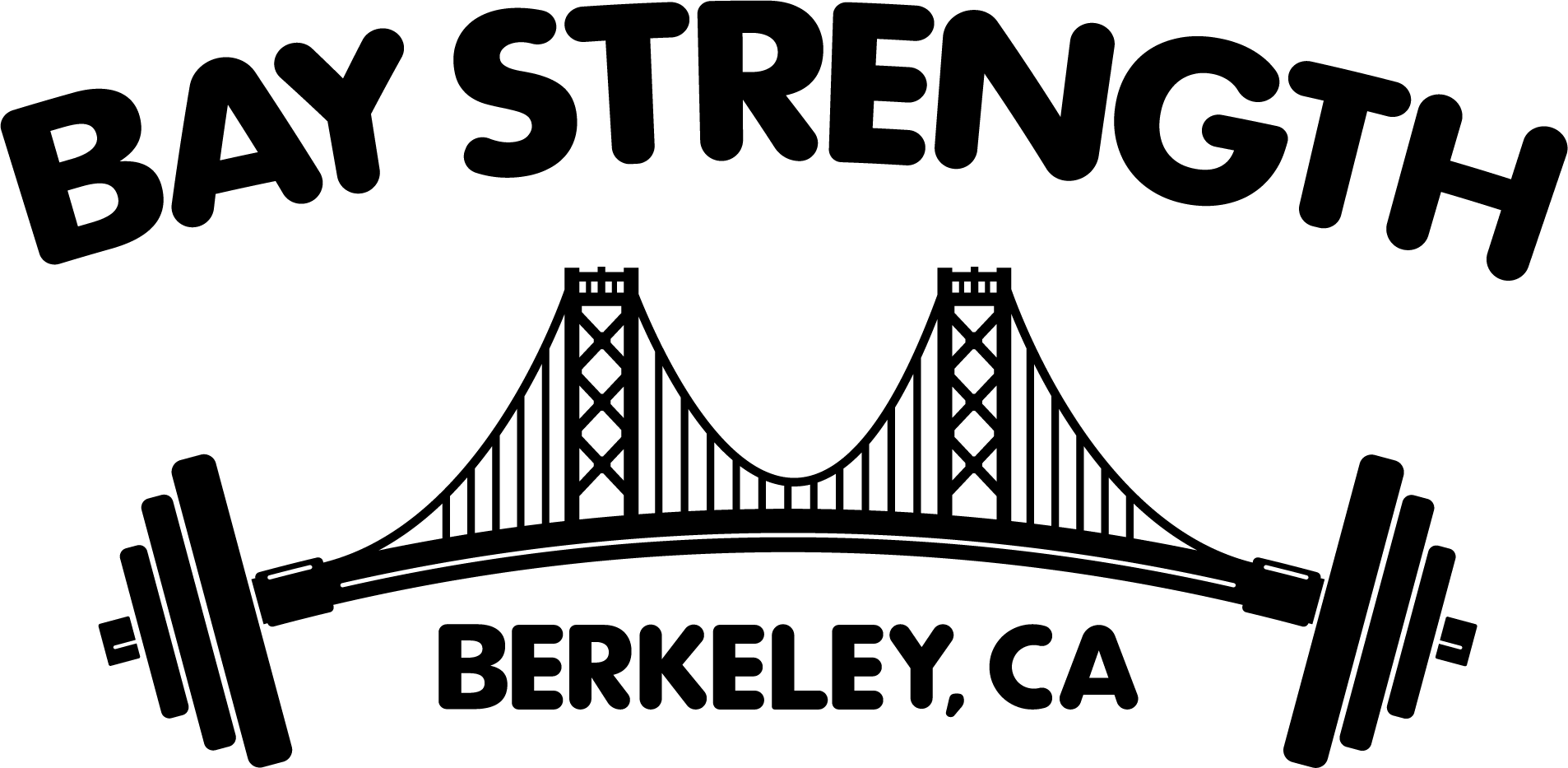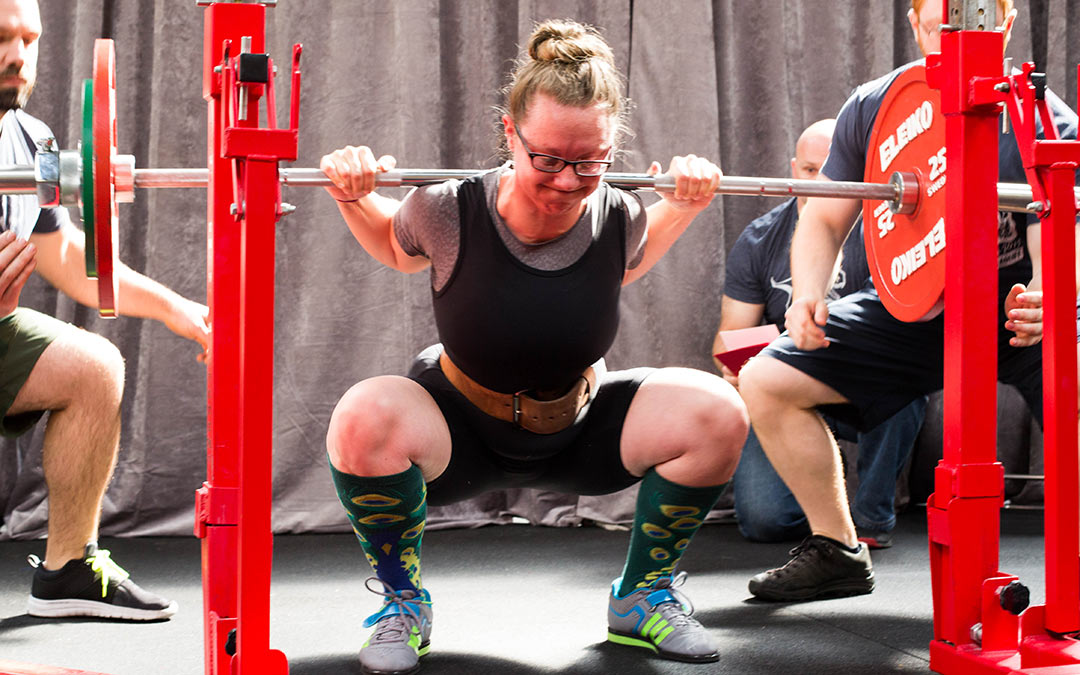
by Jeremy Tully | Oct 24, 2017 | Technique |
Achieving full depth in the squat is critical to effective strength training. Squatting through the greatest effective range of motion best builds useful strength. Full depth squats, in which the lifter goes below parallel — the hip joint dropping below the top of the knee — are also important for safety: partial squats produce unbalanced forces across the knee, whereas correctly performed full depth squats produce balanced forces across the knee.
One challenge new lifters face is knowing where full depth is. This blog post will help you verify that you are achieving full depth, and offer fixes to some common problems that you can implement if you are having trouble.
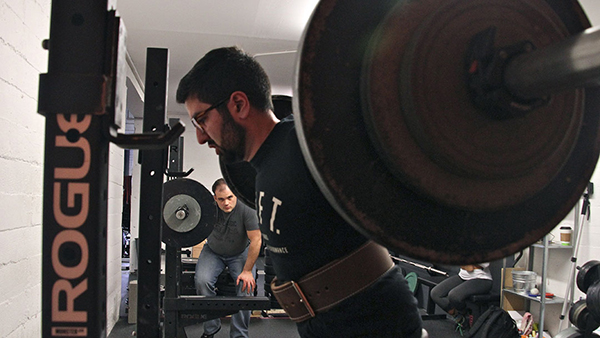
by Jeremy Tully | Oct 13, 2017 | Training |
If you’re reading this blog post, you are likely someone who takes your training seriously. Maybe you’ve been training for some time, but feel your results aren’t what they could be. Or maybe you’re just getting started, and want to do everything the right way from the beginning.
Either way, the question isn’t whether you need a coach, because the answer for everyone is, “yes.” The question you should instead ask yourself is: “How much coaching do I need?”
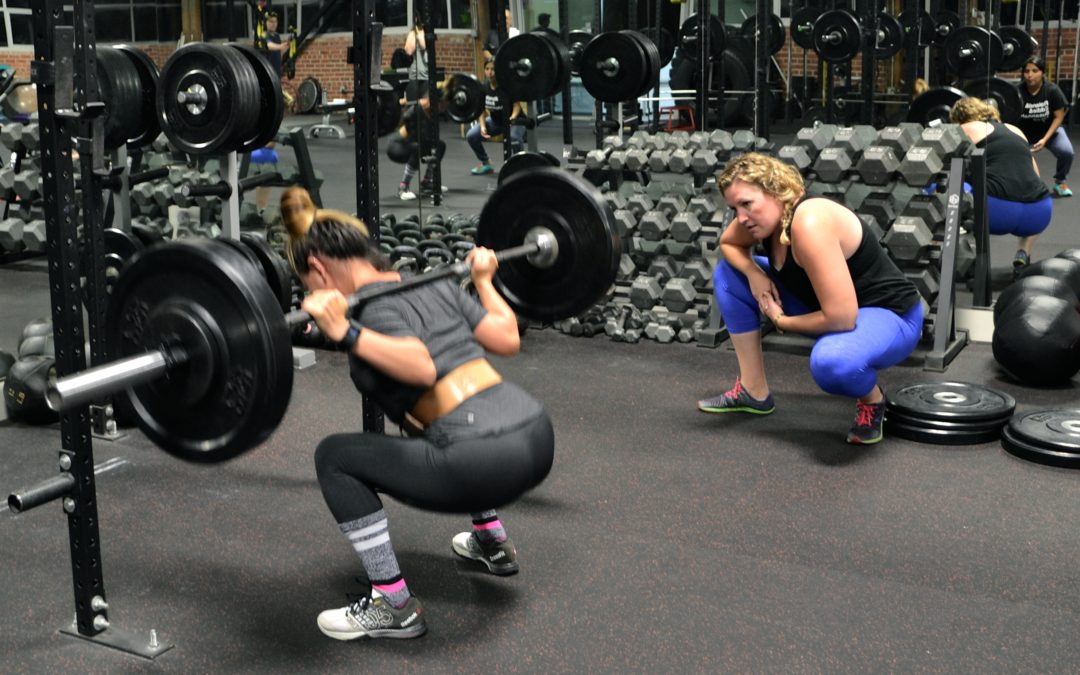
by Gwyn | Oct 4, 2017 | Training |
Cell phone cameras have become a great training tool for many of you who are training without a coach. However, when you first start watching yourself move on video, it can be difficult to identify form flaws, and even more tricky to know which things to correct first.
In general, when you first start looking at video, positions (what you see whenever you pause the video) are easier to see than movement. Identifying whether you are high at the bottom of a squat is an easier thing to do than identifying the correct use of hip drive. Identifying whether your femurs are in line with your feet is an easier task than identifying whether your knees stopped traveling forward at the right time on the descent.
It’s also important to understand which things to fix first. Since we can only focus on one or two things at a time, it’s good to know, for example, that if you see yourself squatting high and on your toes, that you should fix those things before worrying about your bent wrists.
Every positional instruction listed below is covered extensively in Starting Strength: Basic Barbell Training by Mark Rippetoe. This article will only be useful to those of you who have read it. Once you have read the book, however, it can be difficult to organize all of the information in it, especially when you are first starting your training.
Below are some things to look for in each lift.
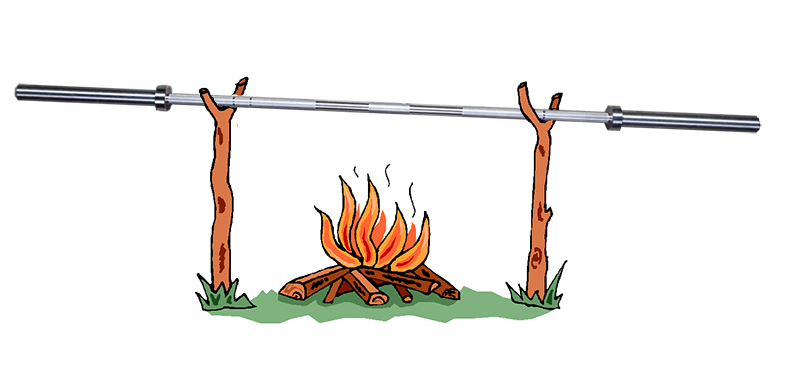
by Jeremy Tully | Sep 7, 2017 | Training |
Warmup sets are an important part of your training routine. Properly executed, warmup sets effectively prepare you to perform your heavy work sets to the best of your ability.
For new lifters in particular, how to approach one’s warmup sets — how many of them to perform, and at what weight — can be a subject of conclusion. This guide will give you some guiding principles and a couple specific methods to approach your warmup sets.
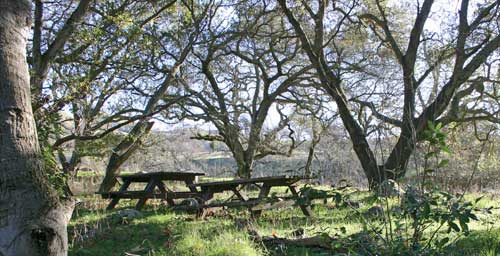
by Jeremy Tully | Aug 30, 2017 | Special Events |
If you want to get stronger, you have to lift heavy weights. You also have to eat and rest!
Bay Strength lifters are invited to get together for a Recovery Picnic / potluck BBQ in Tilden Park. We’ll cook some good food and have a good time together.
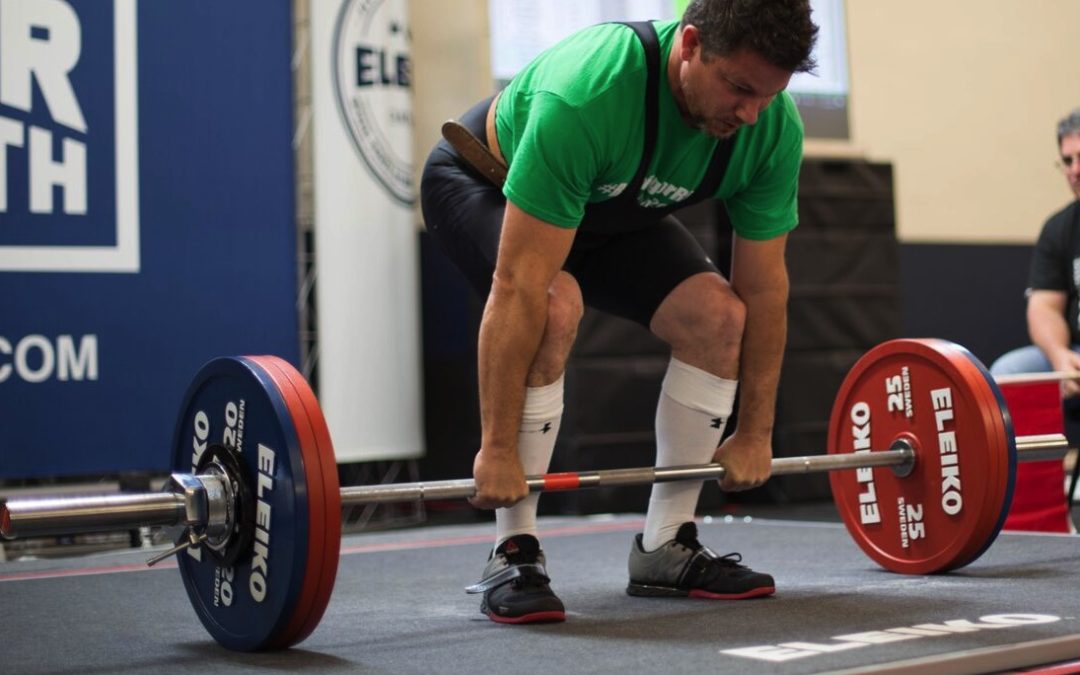
by Gwyn | Aug 23, 2017 | Special Events |
Learn how to deadlift and build a strong back in our two hour deadlift clinic with Starting Strength Coaches Kelly Bryant and Gwyn Brookes. We will cover basic physics and anatomy and then break up into groups to learn the lift. Come and learn, or refine your knowledge! The session will end with some tips on how to video your lifts and spot common errors, and a Q&A.
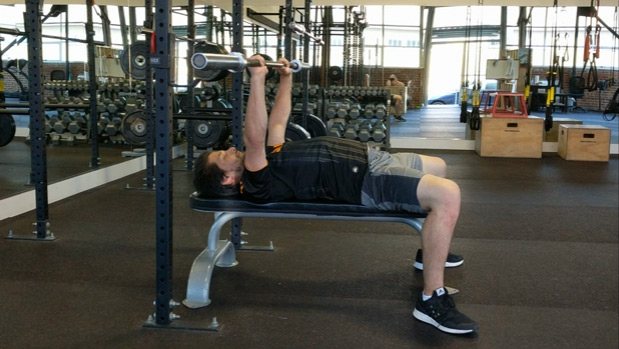
by Kelly Bryant | Aug 16, 2017 | Technique |
The bench press is a great exercise to build upper body strength, and for many people it’s their favorite lift. However, an extra degree of safety and attention is required of the bench press. The bench press is the only lift that can actually kill you. One of the most vulnerable parts of the deadlift is during the unracking and racking process. This video details the proper steps to safely and efficiently unrack and rock the barbell during the bench press.

by Gwyn | Aug 1, 2017 | Taking Up Space Series, Training |
Strength training has the potential to be a radical act for everyone, and especially for women. We in the strength community are committed to getting anyone and everyone under the bar. We have experienced its transformative power, and we see the results in our clients...
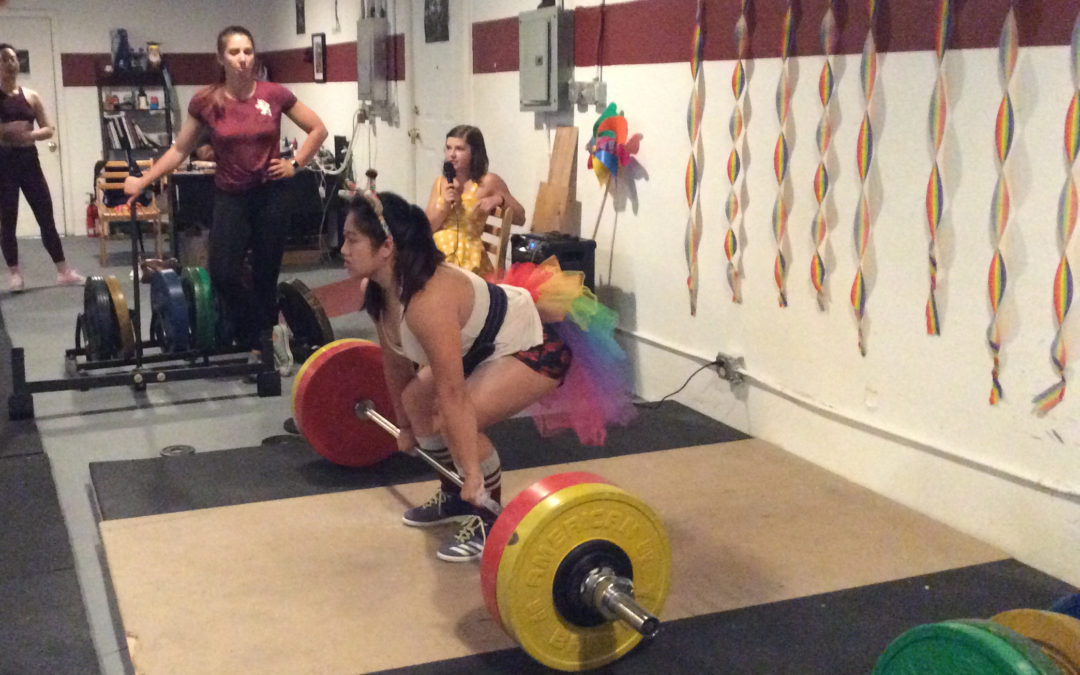
by Gwyn | Jun 29, 2017 | Uncategorized |
The concept of “fun” carries with it implications of entertainment, enjoyment, light-heartedness, and pleasure. These are very saleable concepts, but when we require our physical activities to be “fun,” we run the risk of overlooking some valuable traits that...
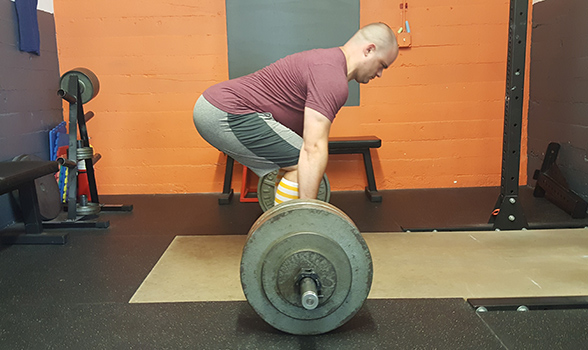
by Jeremy Tully | Jun 22, 2017 | Technique |
Deadlifting is one of the best things you can do for your back. Subjecting your back to a controlled stress that forces it to adapt and become stronger is good for your longevity and overall quality of life. I am frequently amazed by how quickly routine back pain improves in clients after just a few weeks of barbell training – and deadlifting is central to this improvement.
One common mistake made by novice lifters, even some who are generally attentive to detail, is to combine steps 2 and 3. Instead of bending over at the hips and grabbing the bar (step 2), and then as a separate step bending their knees to establish the correct shin angle (step 3), lifters may both bend over and bend their knees simultaneously.
Almost always, this will result in an incorrect start position, with hips too low, the bar forward of the mid-foot, and the scapulae behind the bar rather than directly over it.

